R. B. Di Renna
Study of Iterative Detection and Decoding with Log-Likelihood Ratio Based Access Point Selection for Cell-Free Networks
Dec 24, 2023Abstract:This paper proposes an iterative detection and decoding (IDD) scheme and an approach to improve the selection of access points (APs) in uplink cell-free massive multiple-antenna systems. A cost-effective scheme for selection of APs based on local log-likelihood ratios (LLRs) is developed that provides sufficient statistics to the central processing unit and selects which APs should be considered for each user. {Numerical results show that the proposed IDD scheme works very well and the proposed LLRs-based approach to select APs outperforms the existing techniques in terms of bit error rate and spectral efficiency while requiring a comparable fronthaul load.
Study of Joint Activity Detection and Channel Estimation Based on Message Passing with RBP Scheduling for MTC
Jun 13, 2021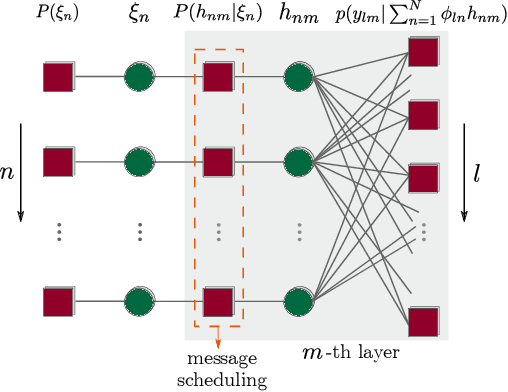
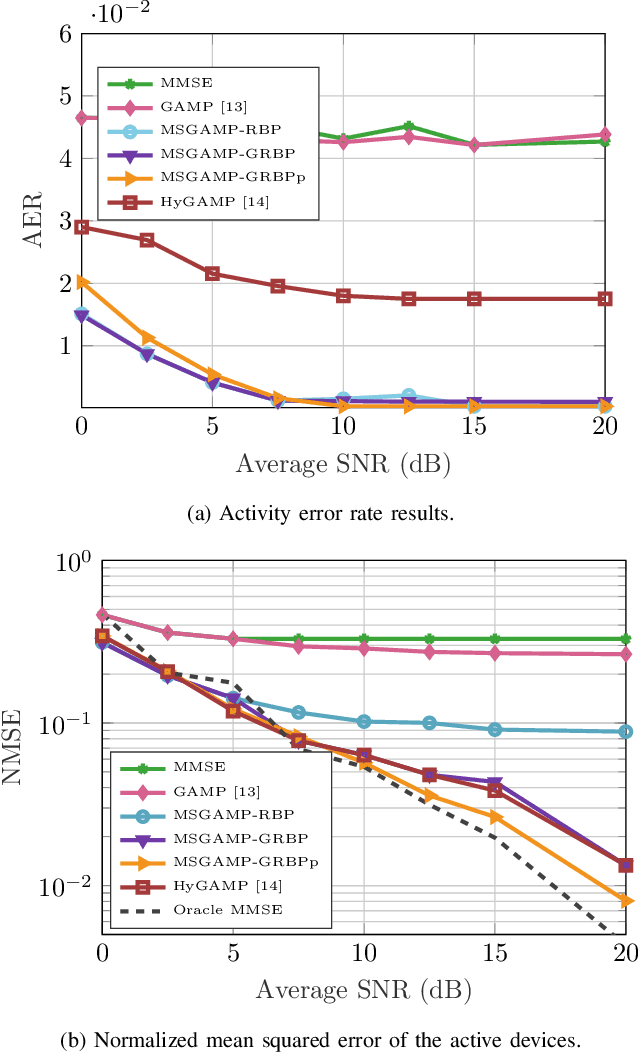
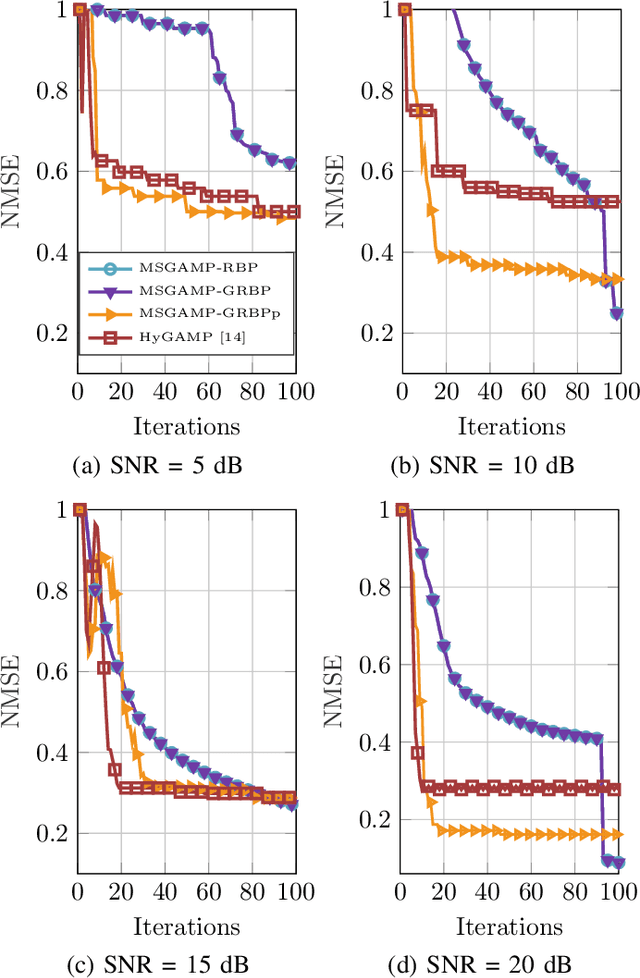
Abstract:In this work, based on the hybrid generalized approximate message passing (HyGAMP) algorithm, we propose the message-scheduling GAMP (MSGAMP) algorithm in order to address the problem of joint active device detection and channel estimation in an uplink grant-free massive MIMO system scenario. In MSGAMP, we apply three different scheduling techniques based on the Residual Belief Propagation (RBP) in which messages are generated using the latest available information. With a much lower computational cost than the state-of-the-art algorithms, MSGAMP-type schemes exhibits good performance in terms of activity error rate and normalized mean squared error, requiring a small number of iterations for convergence. %
Dynamic Message Scheduling With Activity-Aware Residual Belief Propagation for Asynchronous mMTC Systems
Mar 07, 2021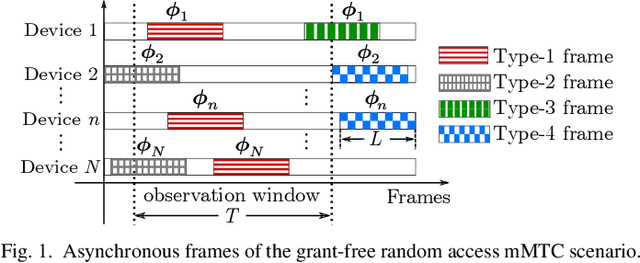
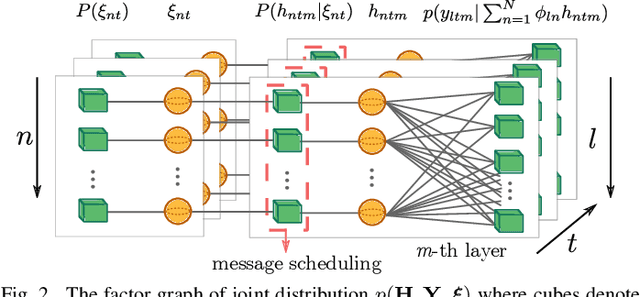
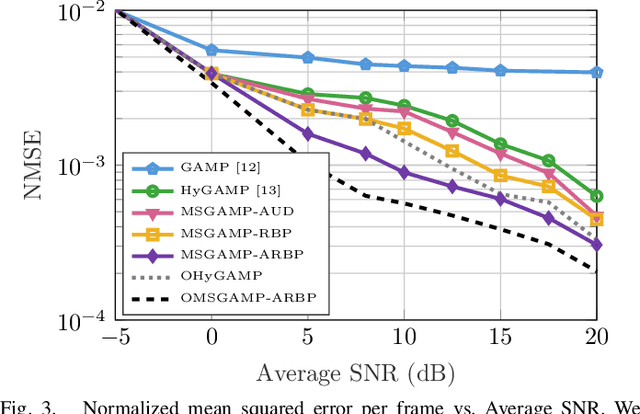
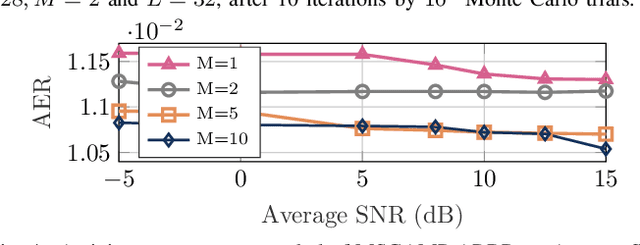
Abstract:In this letter, we propose a joint active device detection and channel estimation framework based on factor graphs for asynchronous uplink grant-free massive multiple-antenna systems. We then develop the message-scheduling GAMP (MSGAMP) algorithm to perform joint active device detection and channel estimation. In MSGAMP we apply scheduling techniques based on the residual belief propagation (RBP) and the activity user detection (AUD) in which messages are generated using the latest available information. MSGAMP-type schemes show a good performance in terms of activity error rate and normalized mean squared error, requiring a smaller number of iterations for convergence and lower complexity than state-of-the-art techniques.
 Add to Chrome
Add to Chrome Add to Firefox
Add to Firefox Add to Edge
Add to Edge